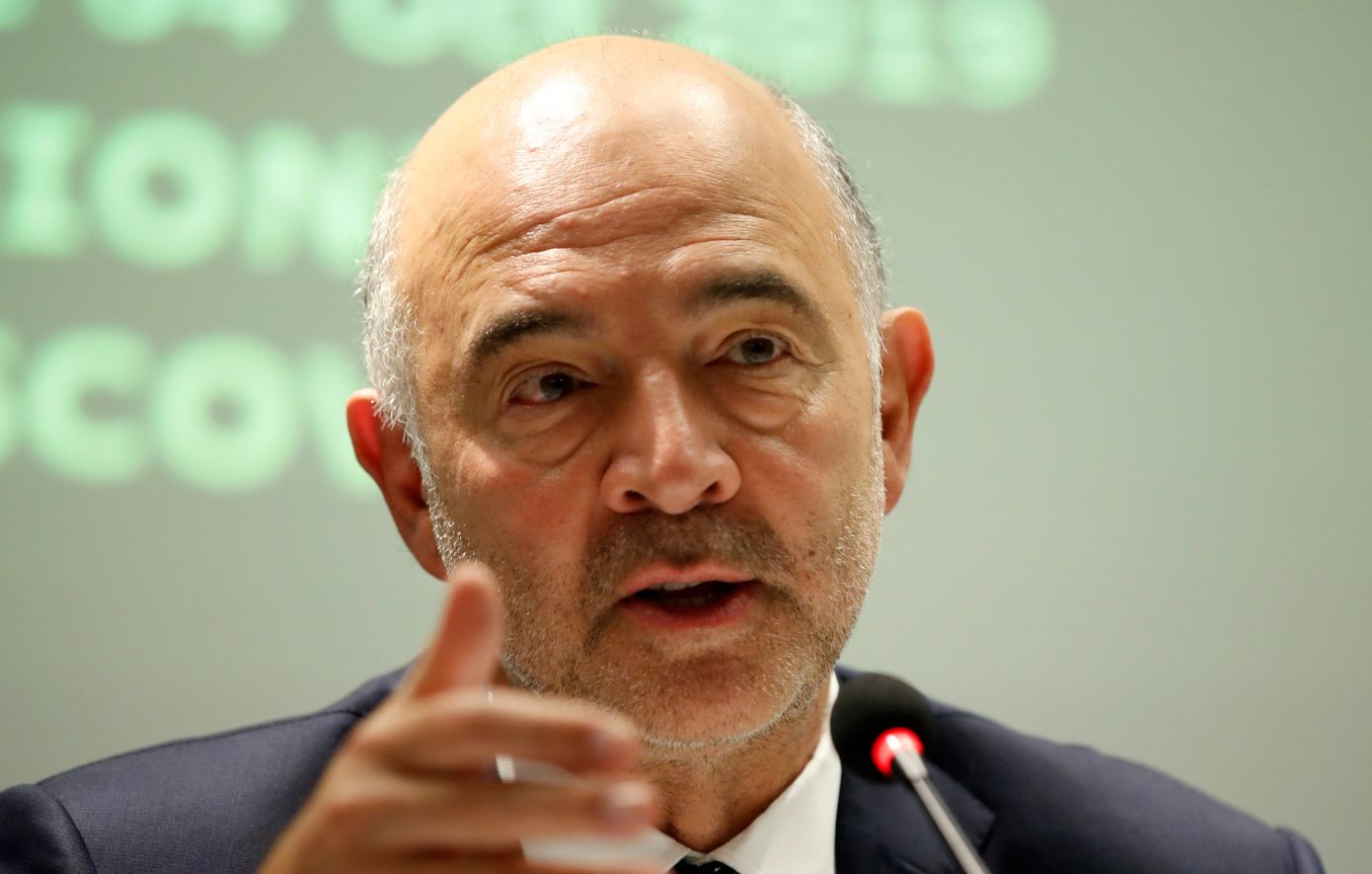The Reserve Bank of Australia (RBA) will announce its next interest rate decision on Tuesday, March 19 at 03:30 GMT, and as we get closer to release time, here are the forecasts for the rates. economists and researchers from eight major banks on the central bank's next decision.
It has been six weeks since the last RBA Board meeting, rather than the long-established one-month pause between meetings. The Council will therefore have more information than usual for its monetary policy deliberations, but the RBA is still expected to keep rates steady at 4.35% for the third consecutive meeting.
ANZ
We expect the RBA to maintain a slightly dovish bias, with no changes to rates. We expect the post-meeting statement to again highlight the risks that higher inflationary expectations take hold (risks that should begin to dissipate after the next quarterly CPI) and that services inflation could remain persistent. We also expect the statement to continue to describe the labor market as tight (based on the metrics used by the RBA).
Standard Chartered
We expect the RBA to keep rates unchanged at 4.35%. We expect rate cuts not to begin until the fourth quarter of 2024.
ING
At the moment, the RBA is still far from considering rate cuts, and at the last meeting it maintained a slight bias towards tightening, although it softened somewhat. Since then, the data series has greatly helped those talking about the prospect of more and earlier rate cuts, with inflation lower than expected and some signs of slowing in macroeconomic figures, including GDP and the market labor. It would be a very harsh signal if the RBA removed that bias at its March meeting, and you may be worried that this sends too strong a signal at the moment. However, it might be wise to soften the bias a bit more and hint at a tendency towards neutrality.
Westpac
We anticipate that the RBA will maintain the official interest rate at 4.35%. The Council will meet to analyze the latest economic data. Among them, the National Accounts for the fourth quarter, which confirmed that the Australian economy had a soft end to 2023. In addition, the wage price index for the fourth quarter revealed an underlying slowdown in private sector wage growth, as labor market conditions soften and inflation continues to slow. The Board will be comforted by these developments, given its objective of aligning demand with supply and ensuring that inflation trends towards and ultimately achieves the target. We continue to expect the RBA to hold off until September, when the Council is sufficiently confident that restrictive policy can be reduced at a gradual and moderate pace.
TDS
It should be a fairly easy holding decision, although the focus will be on whether the RBA maintains its soft hawkish bias. The labor market has cracked after the dismal data in December and January, while the monthly CPI reaffirms the disinflation narrative, with short-term inflation driving downwards. We will be keeping an eye on QT's plans as the RBA has remained strangely quiet on the matter.
Rabobank
We do not expect any changes to the policy rate or the bank's slightly hawkish bias, especially given that the RBA meeting will be held two days before the February labor market report.
Citi
We expect a continuation of “it will still be some time before inflation is sustainably within the target range” followed by “a further rate hike cannot be ruled out”. In making the likely decision to keep the cash rate at 4.35% and a slightly hawkish stance, the RBA Board will also take into account that services inflation remains stubborn, the labor market remains tight and growth productivity is below the assumption necessary for wage growth to be consistent with the inflation target, which now stands at 2.5%, which requires more precision than the previous range of between 2% and Number 3%.
SocGen
We expect the RBA to keep the cash rate target at 4.35% for the third consecutive meeting. Recent economic indicators and the global environment continue to support our view that the RBA's tightening cycle is now over and that a new easing cycle will begin this year. The monetary policy statement is likely to be more dovish, citing slowing GDP and employment growth and hinting at a further rate hike.
Source: Fx Street
I am Joshua Winder, a senior-level journalist and editor at World Stock Market. I specialize in covering news related to the stock market and economic trends. With more than 8 years of experience in this field, I have become an expert in financial reporting.







